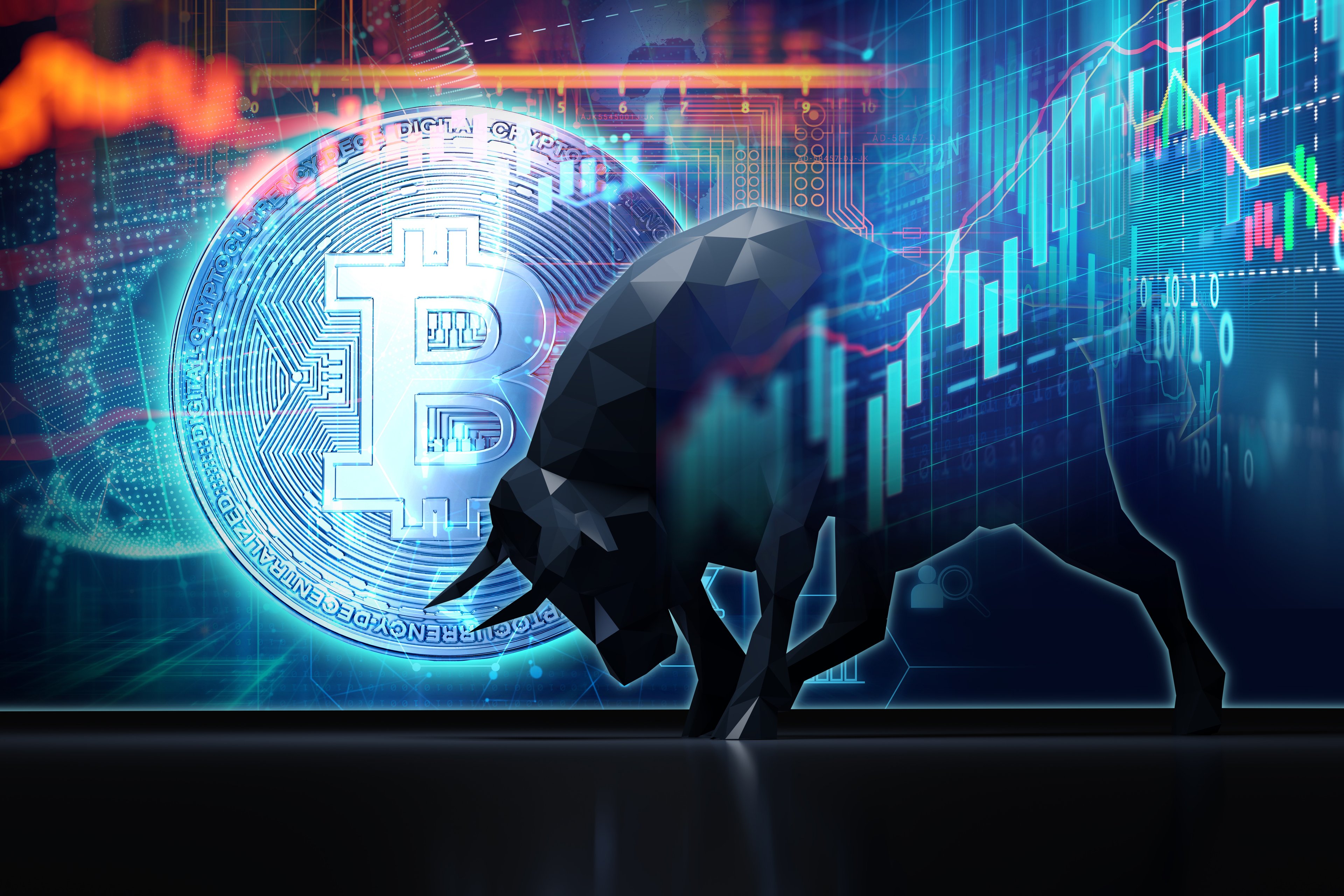During the past year, XRP (XRP 1.75%) has demonstrated its explosive upside potential. It's now up more than 400% since the U.S. presidential election, and currently trades for $3.08 (as of Aug. 14). Based on this red-hot performance, many analysts are already ratcheting up their price predictions for XRP.
In April, for example, Standard Chartered predicted that XRP would hit a price of $12.50 by the end of 2028. That suggests that XRP could eventually quadruple in value within just three years. But is that a realistic assumption for XRP?
Institutional adoption
When attempting to value XRP in the future, a key factor will be the rate of institutional adoption. In other words, how many financial institutions are actually using XRP as part of their everyday banking operations?
Right now, the key use case for XRP is for making high-value cross-border payments in real time. Essentially, financial institutions can use XRP as a bridge currency to transfer value across the XRP blockchain. This is a faster, cheaper, and more efficient way to transfer money across borders than traditional financial services. This is what makes XRP (and the XRP blockchain ledger) potentially so valuable.

Image source: Getty Images.
In a best-case scenario, the XRP-powered payment network from Ripple (the company that created XRP) will take over a larger and larger role in the global financial system during the next few years. As Ripple Chief Executive Officer Brad Garlinghouse pointed out earlier this year, at some point in the future, the Ripple payment network could rival the legacy SWIFT payment network in size and importance.
That implies a very important role for XRP, because it will be the digital currency used to move money across borders. No wonder analysts are expecting XRP to double, triple, or even quadruple in value.
Risk factors
But is that really going to be the case? XRP is really just a bridge currency used to move large amounts of money across a blockchain. It will never be used for day-to-day transactions, the way other digital currencies might be used. That has opened the door for stablecoins to take on the same role as XRP.
In many ways, Ripple has already seen the writing on the wall when it comes to stablecoins. Last year, it decided to issue a stablecoin of its own, known as Ripple USD (RLUSD 0.01%). It was reported to be a potential suitor for stablecoin issuer Circle Internet Group (CRCL 0.74%) before it went public in June. It also acquired the Rail stablecoin payment platform for $200 million in August. If you look at the core offerings on the Ripple website, stablecoins are now one of the three featured options.

CRYPTO: XRP
Key Data Points
Even if the enthusiasm around stablecoins fizzles, financial institutions could decide to use an entirely different blockchain network other than Ripple to move money. Why not use Ethereum (ETH +0.45%), for example, to move money around the world?
Arguably, using a Layer-2 blockchain on top of Ethereum, such as the Base blockchain from Coinbase Global (COIN 2.36%), is just as effective for moving money across borders. This is especially the case now, given that Ethereum is the most dominant blockchain for stablecoins.
Or financial institutions could decide to create digital currencies of their own, much as JPMorgan Chase (JPM 0.34%) did earlier this year. Many of the defining features of the new coin from JPMorgan Chase sound like what you would get if you put XRP and stablecoins together in a blender.
What is a realistic price target for XRP?
It's very easy to find ultra-bullish price predictions for XRP. For example, some think XRP could hit a price of $20. Some even think XRP could hit a price of $100 or higher. But all this implies a very high rate of growth, and it's just not clear that that's happening right now.
A more realistic price prediction for XRP takes into account the market cap of Ethereum, the second-largest cryptocurrency in the world. Right now, Ethereum has a market cap of about $550 billion, while XRP has a market cap of $180 billion. As a general rule of thumb, then, XRP will need to triple in value in order to catch up to Ethereum.
Thus, if you ask me where XRP is going to be in three years, then $10 might be a reasonable estimate. It's slightly lower than Standard Chartered's prediction of $12.50 for 2028. But it certainly hints at the explosive upside potential of XRP during the next few years, as long as the pace of institutional adoption picks up.











